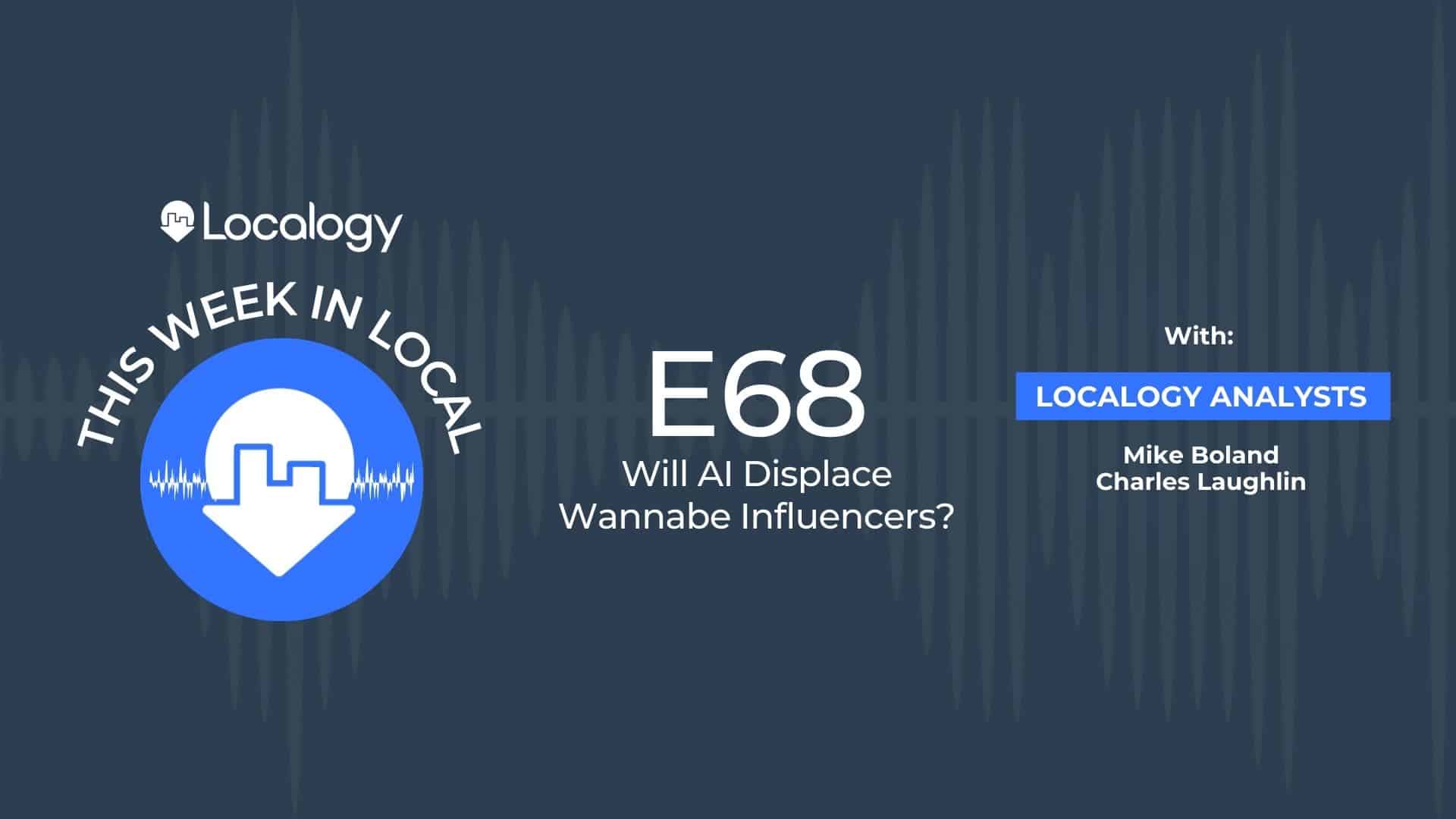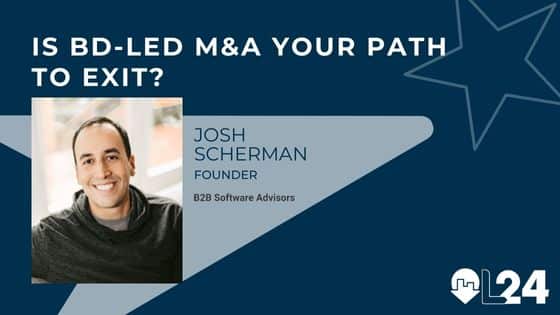Nokia is at it again. The global telecommunications giant has been launching new SaaS services in rapid succession over the past few years, as more enterprise brands seek out software consumed through a subscription-based model. Now the company is releasing AVA Charging, a SaaS service designed specifically to help communication service providers (CSPs) drive 5G and IoT monetization.
AVA—an acronym for automation, visualization, and analytics—is Nokia’s eighth telco SaaS service to date. It’s being billed as a single solution for CSPs and enterprise brands looking to quickly launch commercialized offerings for 5G and IoT services. While there could be thousands of potential use cases, Nokia expects to see the most interest from CSPs looking to monetize consumer services, like cloud gaming. AVA Charging could also be used to monetize enterprise services for vertical markets, including utilities, logistics, and healthcare.
The AVA Charging service incorporates business intelligence from hundreds of customer engagements, to allow for fast monetization of 5G and IoT services. It offers what Nokia describes as “intelligence everywhere” through AI, machine learning, no-code configuration, open APIs, and multi-cloud orchestration.
According to Nokia Senior Vice President of Cloud and Network Services Mark Bunn, AVA Charging was developed to support CSPs and enterprises in having a dynamic digital infrastructure through 5G network components delivered as SaaS. It follows in the footsteps of other SaaS services recently launched by Nokia, including the AVA Network Data Analytics Function and the AVA for Energy.
“[AVA Charging] provides [enterprises] with the necessary pay-as-you-go, pay-as-you-grow commercial model to help them reach their desired business outcomes,” Bunn said.
For CSPs with a separate BSS stack to support 5G, AVA Charging can be supplied as a part of Nokia’s Qvantel Digital Monetization Solution as a Service.
Speeding Up Time to Market
Timing is everything for communication service providers. With its push into SaaS, Nokia is betting that faster time-to-market through automation and no-code configurability will be enough to lure enterprise brands away from their existing providers. The company has been moving in this direction since at least 2016 when executives first started taking steps to rearchitect Nokia’s software applications to make them fully cloud-native and deployable in more cloud environments.
The company’s AVA Charging service can be integrated with 5G standalone core network functions in a multivendor environment, which means it supports commercial charging models based on factors like low latency, high throughput, device density, and location.
Deploying services through the cloud helps brands avoid the hassles of on-site software maintenance. Nokia believes the shift also opens up the door for more CSPs and enterprises to truly tap 5G advanced services, like network slicing and edge computing. In time, that could have big implications for the way enterprises handle network security, management, and other functions that currently run on on-premises infrastructure.
“Nokia’s timely offer of a SaaS-based no-code charging solution will accelerate monetization for CSPs who realize the need to transform their charging systems for 5G, but hesitate due to lengthy BSS transformation cycles and 5G network integration complexities,” said John Abraham, Principal Analyst at Analysys Mason.




